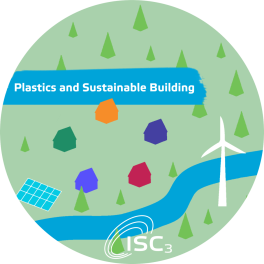Plastics and Sustainable Building - E-learning course

Summary
This self-paced E-learning course aims to show the potentials for sustainable chemistry in the construction sector and to answer the following questions:
> How can plastics be used in a sustainable way in buildings?
> What obstacles are there and how can they be overcome?
> Which steps need to be followed, under consideration of regional differences?
> What are recommendations for the areas of research, sustainable innovation, capacity building and policy.
The topic is structured into five modules:
> 1. Introduction
> 2. Urbanisation, affordable housing, resilience
> 3. Protecting Human Health and the environment.
> 4. Resource Demand and Recycling
> 5. Summary, Outlook and Recommendations.
> How can plastics be used in a sustainable way in buildings?
> What obstacles are there and how can they be overcome?
> Which steps need to be followed, under consideration of regional differences?
> What are recommendations for the areas of research, sustainable innovation, capacity building and policy.
The topic is structured into five modules:
> 1. Introduction
> 2. Urbanisation, affordable housing, resilience
> 3. Protecting Human Health and the environment.
> 4. Resource Demand and Recycling
> 5. Summary, Outlook and Recommendations.
Safety Precautions, Hazards, and Risk Assessment
N/A
Other notes/information
After completion, the E-learning system automatically issues a certificate.
Link to external
